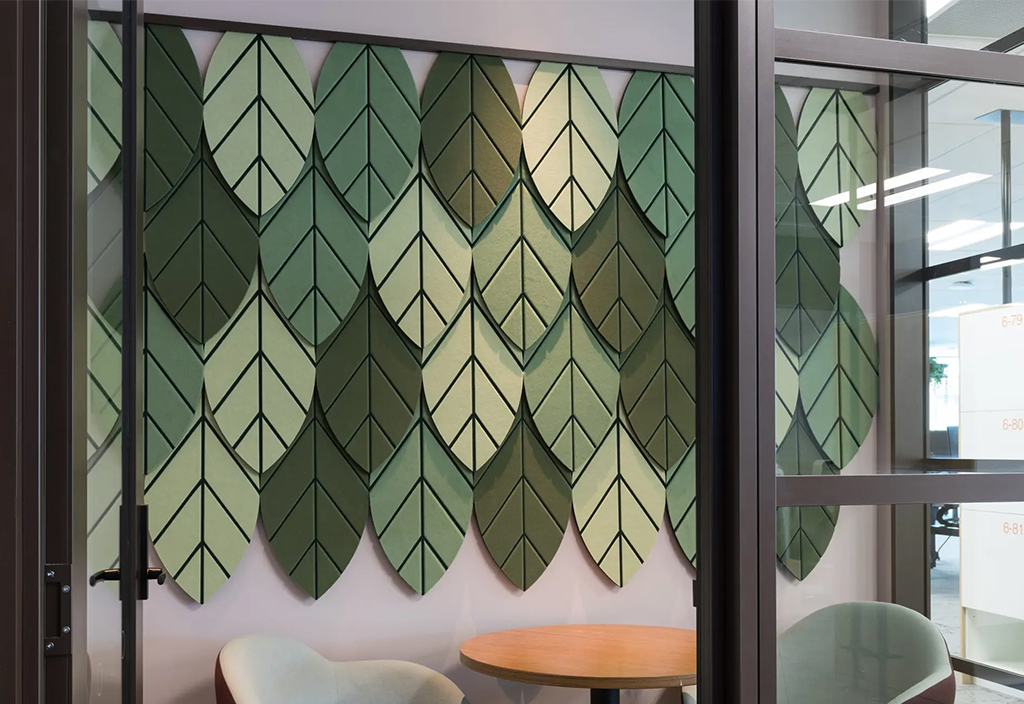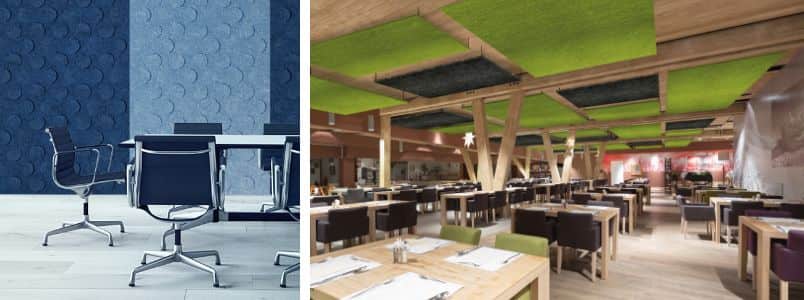Unveiling the Beauty of Silence: Discover Acoustic Solutions Today
Unveiling the Beauty of Silence: Discover Acoustic Solutions Today
Blog Article
Attain Perfect Harmony in Your Home With Effective Soundproofing Strategies for Optimal Acoustics
Soundproofing plays a critical function in attaining ideal acoustics, affecting the way we experience and connect with our living spaces. By recognizing the fundamentals of soundproofing, determining resources of noise disruptions, selecting suitable products, and using proven techniques, you can transform your home into a haven of tranquility where noise improves rather than disrupts.

Understanding Soundproofing Basics
What are the fundamental principles that underlie efficient soundproofing techniques? Soundproofing is rooted in the understanding of how audio waves travel and communicate with different materials. The trick to effective soundproofing lies in disrupting or absorbing these audio waves to decrease their transmission from one room to one more. This can be accomplished through various approaches, such as including mass to wall surfaces, floors, and ceilings, sealing voids and splits to stop sound leakage, and making use of sound-absorbing products like acoustic panels or carpets (acoustic solutions).
Recognizing the idea of audio transmission course (STC) ratings is crucial in choosing the appropriate materials for soundproofing. The STC rating determines how well a product can minimize air-borne audio transmission with it, with higher STC rankings suggesting better soundproofing capacities. Additionally, taking into consideration the effect of impact insulation class (IIC) rankings for minimizing impact sound, such as footsteps or furniture moving, can further improve the effectiveness of soundproofing solutions.
Analyzing Noise Resources in Your Home
Structure upon the fundamental understanding of soundproofing concepts, a critical action in reliable sound reduction within your home entails recognizing and analyzing the numerous resources of undesirable sound. Noise sources can be categorized into two major types: airborne noise, which consists of audios like discussions, music, and television, and impact noise, such as footprints or things being gone down.
Furthermore, think about outside sources of sound, such as traffic, neighbors, or neighboring building and construction, which can also impact the acoustics within your home. acoustic solutions. Recognizing these resources will help you focus on locations for soundproofing and select the most reliable options. By determining the particular noise resources in your home, you can tailor your soundproofing initiatives to accomplish optimal outcomes and produce a more peaceful and unified living atmosphere
Picking the Right Soundproofing Materials
When choosing soundproofing products for your home, it is necessary to focus on effectiveness and compatibility with your certain sound issues. Think about factors such as the kind of sound you are attempting to block, the level of soundproofing required, and the visual appeals of the products to ensure they blend effortlessly right into your home.
One typical material for soundproofing is acoustic foam. One more choice is mass-loaded vinyl, which is efficient in blocking out low-frequency noises like web traffic or machinery important source noises.
Curtains and rugs made from sound-absorbing materials are also effective in dampening sound, especially in areas with difficult surface areas that cause audio to jump about. Remember, the trick to effective soundproofing is selecting the best products that resolve your details sound problems while improving the overall comfort and acoustics of your home.
Executing Soundproofing Techniques
To effectively implement soundproofing strategies in your house, it is vital to begin by examining the areas that are most description vulnerable to noise infiltration. Usual resources of noise can consist of exterior noises from traffic, next-door neighbors, or neighboring building, in addition to internal resources like home appliances, plumbing, and amusement systems. Once you have recognized these areas, you can start carrying out soundproofing services tailored to every particular room.

For more significant noise reduction, think about setting up soundproof drywall, double-glazed home windows, or durable networks to separate resonances. In addition, repositioning furnishings, including shelfs, or including sound-absorbing products can better boost the acoustics of an area. By purposefully applying these soundproofing strategies, you can develop a quieter and even more calm living setting in your house.
Preserving and Improving Acoustic Setting
After applying soundproofing strategies to deal with noise infiltration in your home, the emphasis changes in the direction of preserving and improving the acoustic environment to ensure a consistently peaceful space. To keep ideal acoustics, consistently check soundproofing materials for wear and tear, guaranteeing they stay efficient in blocking undesirable noise. Keep windows and doors appropriately sealed to avoid audio leakage and consider including weather condition stripping or door moves for extra soundproofing.
Improving the acoustic environment can entail calculated placement of furnishings, rugs, and drapes to moisten sound representations and echoes. Making use of sound-absorbing products such as acoustic panels or foam can further boost the overall audio high navigate to this site quality in your house. acoustic solutions. In addition, incorporating soft home furnishings like paddings and blankets can help minimize noise echo, creating a much more pleasant acoustic experience
Additionally, buying sound-absorbing design components like bookshelves, tapestries, or plants can add to a balanced acoustic setting. Frequently decluttering your room can also protect against acoustic waves from bouncing off surfaces, inevitably improving the overall acoustics of your home. By constantly maintaining and improving your acoustic setting, you can create a harmonious and relaxing space for yourself and your family members.
Conclusion
In final thought, attaining perfect harmony in your house with reliable soundproofing strategies is necessary for optimum acoustics. By understanding soundproofing fundamentals, examining sound resources, choosing the best products, carrying out strategies, and maintaining the acoustic environment, you can produce a calm and enjoyable space devoid of unwanted noise disturbances. Prioritizing soundproofing efforts can substantially boost the total lifestyle in your home.
Report this page